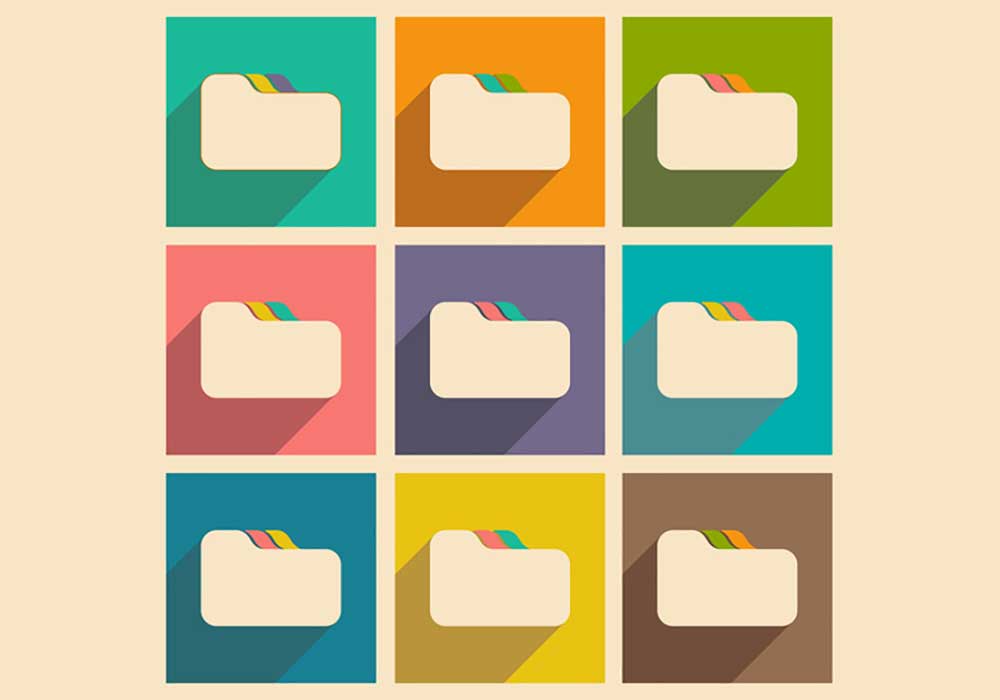The Differences between different Image File Formats

For those of you who are computer savvy or just have to work with image files on a frequent basis are most expected to know the difference between different image file formats. For others who rarely use image file formats are least expected to know, but we almost guarantee that at some point in the past or in the present it has crossed your mind as to ‘what is the difference between different image file formats and, or which one do you use!?’
Being IT Support technicians we have been asked these questions, or similarly alike many times. So, today we have taken the time to explain the difference between the different image file formats for multimedia software developments and the World Wide Web as quick reference tool for you to use in future. See below:
Each Image file format determines how the file will be displayed
BMP
The BMP image file extension stands for ‘Bitmap’ composed from tiny pixels of different colours. When saving a BMP image, you are saving all the pixels in that image. Thus the bitmap graphic tends to be quite large. If you try resizing the graphic, whether smaller or larger, you will almost immediately notice a loss of quality.
JPEG
The JPEG image file extension stands for ‘Joint Photographic Experts group’ and is a graphic format used for photographs, or high quality pictures. A popular file format used for digital camera downloads.
GIF
The GIF image file extension stands for ‘Graphics Interchange Format’ limited to 256 colours. A GIF format is ideally used for line drawings, cartoons, animated pictures and screen shots. Commonly used for fast loading web pages.
TIFF
The Adobe owned TIFF extension stands for ‘Tagged Image File Format’ and the name says it all really - a file that can store an image and a data tag. The best feature about the TIFF is that it stores Image and data tags with virtually no compression, thus ideal for images that require editing and, or files used for processing, faxing or scanning.
PNG
The PNG image file extension stands for ‘Portable Networks Graphic’ and is one of the best image formats to use for webpages to date. The PNG is compatible with all web browsers and supports lossless image compression.
SHARE THIS BLOG ARTICLE
Blog article information
Blog article date:
15 th
May 2015
Posted by Jackie N
Tags Image; File; Format; TIFF; PNG; JPEG; BMP; GIF
Back to Blogs